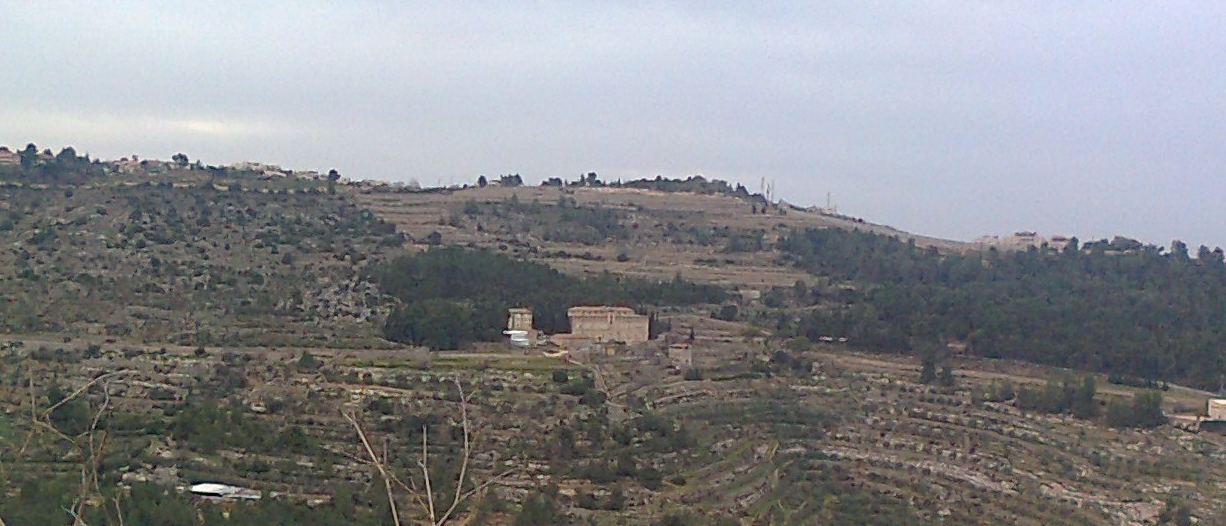| Revision as of 11:56, 29 September 2010 editH3llBot (talk | contribs)Bots134,512 editsm BOT: Checking dead links; Added 1 archived Wayback link← Previous edit | Revision as of 05:59, 7 November 2010 edit undo85.65.99.40 (talk) betweenNext edit → | ||
| Line 1: | Line 1: | ||
| ] | ] | ||
| The '''Cremisan''' Monastery is a ] ] |
The '''Cremisan''' Monastery is a ] ] between ] and the ].<ref name=autogenerated1></ref> The monastery, located on a hill 850 meters above sea level, is five kilometers from ] and 12 kilometers from Jerusalem.<ref name=autogenerated1 /> It was built in 1885 on ruins of a 7th century ] monastery. | ||
| The main monastery, housed in a building featuring stone floors, thick walls and high arched ceilings, is decorated with pictures of ] and ], the founder of the Salesian order.<ref name=autogenerated1 /> The monastery accepts ] students from around the world. | The main monastery, housed in a building featuring stone floors, thick walls and high arched ceilings, is decorated with pictures of ] and ], the founder of the Salesian order.<ref name=autogenerated1 /> The monastery accepts ] students from around the world. | ||
Revision as of 05:59, 7 November 2010

The Cremisan Monastery is a Salesian monastery between Jerusalem and the West Bank. The monastery, located on a hill 850 meters above sea level, is five kilometers from Bethlehem and 12 kilometers from Jerusalem. It was built in 1885 on ruins of a 7th century Byzantine monastery.
The main monastery, housed in a building featuring stone floors, thick walls and high arched ceilings, is decorated with pictures of Pope John Paul II and Don Bosco, the founder of the Salesian order. The monastery accepts theology students from around the world.
Cremisan Cellars
The Cremisan Cellars have been in operation since the establishment of the monastery in the 19th century. Modern equipment was introduced in 1997. The grapes are primarily harvested from the al-Khader area. Only 2% of the wine production (around 700,000 liters per year) is made from Cremisan's own grapes. The rest come mainly from Beit Jala, Beit Shemesh, and the Hebron area.
References
- ^ Cremisan Cellars - History
- ^ Jahsan, Ruby. "Wine". The Centre for Cultural Heritage Preservation. Archived from the original on 2007-11-17. Retrieved 2008-01-29.
See also
31°43′37″N 35°10′21″E / 31.727006°N 35.172601°E / 31.727006; 35.172601
Categories: